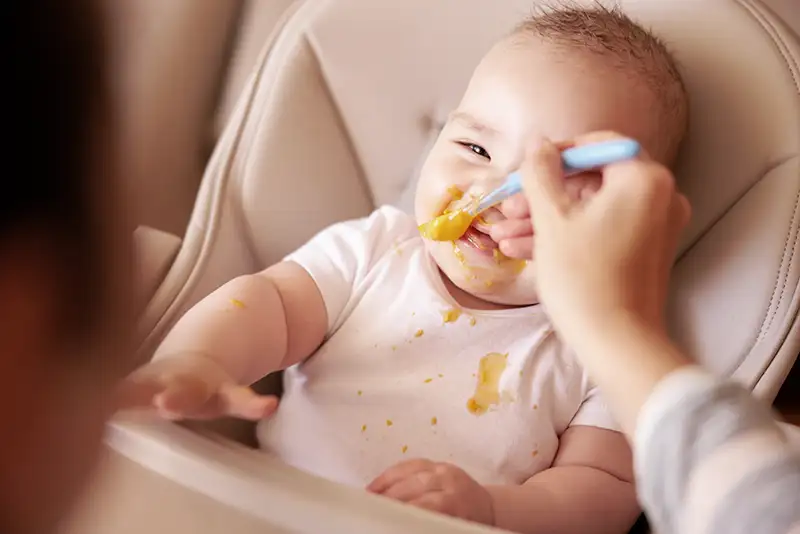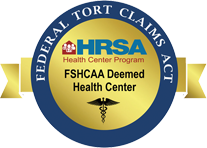
Trying to figure out when and what to feed your kids can be frustrating, especially when they are toddlers. Toddlers may reject a certain food one day and eat it fine the next. They may also throw tantrums at mealtimes, overeat, have a delay in self-feeding, and want to drink more than they eat. Don’t give up. These behaviors are common in toddlers, but they will improve.
Infants are either breast or bottle fed until they are about four to six months old, when you can begin giving them baby food. Bottle fed babies eat about six to eight times a day or every two to four hours. Start with one to two ounces and gradually increase feedings as they get older. Babies digest breast milk faster than formula so they may need to nurse eight to twelve times a day versus formula fed infants who eat about six to eight times a day. Feed babies when they get hungry. Signs of hunger include smacking lips, making suckling movements, and rooting. Crying can mean they are very hungry. Babies are not to have anything other than breastmilk or formula until four months when you can give them single grain cereals (e.g., rice cereal), usually mixed with breast milk or formula. Ways to tell that your baby is getting enough to eat are at least six to eight wet diapers a day, three or more dirty diapers, and the baby is gaining weight.
At six months, you can start feeding your baby pureed foods. Start with plain strained or mashed vegetables, single ingredient fruits or mashed fruit, and plain baby food meats, or pureed meats and egg yolks or finely chopped chicken, fish, or lean meats after cereal has been introduced. Babies should not have cow’s milk until one year of age and never give a baby honey as it can cause botulism. Avoid small hard foods (nuts, carrots, etc.) as small children can choke on them. Several ways that you can tell your infant is ready for solid foods are when they can sit up with some support, they can control their head and neck movements, birthweight has doubled, they show interest in food when others are eating, and they can show they are full by turning their head away and not opening their mouth. Using a spoon or baby utensil when introducing solid foods can help with motor development and promotes the time needed to feel full when eating a meal.
Toddlers between one and three don’t need to eat very much as they do not need to gain much weight. They tend to need small meals and regular snacks. It is important to have them sit at the table during mealtimes as they do learn new things like how to hold utensils and cups and feed themselves. They also learn the textures of new foods and how to decide if they are hungry or full. One-year olds like to put everything in their mouths. Take advantage of this and offer many new, varied foods.
At age two, most kids are reluctant to try new things. When offering new things, offer small amounts and do not be discouraged if they do not like it on the first bite. It can take eight to fifteen times of introducing a new food before a child will accept it. Try to create a pleasant atmosphere during mealtimes by trying to avoid discipling.
Make sure the seat is adjusted so the toddler can reach the plate, have plastic silverware and plates, and expect them to be messy. Placing a plastic sheet under the highchair can help with the mess. Allow your toddler to feed themselves as much as possible. Do not force them to eat foods they truly do not like. Also, eat a variety of healthy foods and demonstrate good table manners as toddlers learn by imitating parents. All of these tips will help your toddler learn to eat different things and develop healthy eating habits.
– Candice Hutchins is a registered nurse at Health West Pediatrics in Pocatello, ID. The clinic is accepting new patients. Appointments can be scheduled at www.HealthWestInc.org or by calling (208) 232-3355.








